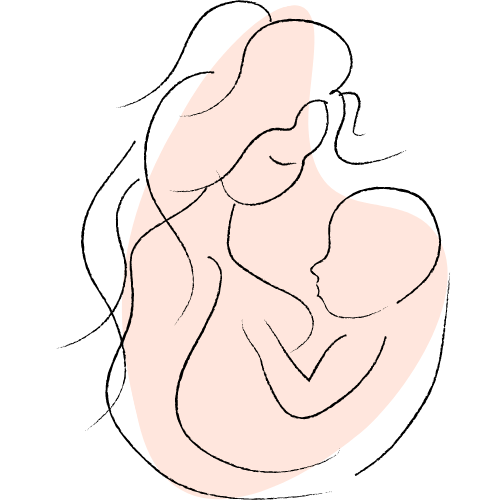When you want a child, it’s important to know how their body works to determine what their fertile days are. And knowing your body also helps prevent pregnancy. Here’s how to tell when a woman is ovulating.
Ovulation is the process that takes place in the female reproductive system when an egg crosses the fallopian tube to reach the uterus. The fertile days of the woman are between 2 or 3 days before this trip and this ovulation. It is during this time that you are most likely to get pregnant.
How do you know when a woman is ovulating?
A woman’s menstrual cycles can last between 24 and 35 days, but these cycles are not always regular. As a result, it can sometimes be difficult to predict when ovulation will take place. Therefore, whether you want to have a child or, on the contrary, whether you want to avoid being pregnant or just out of curiosity, to calculate your ovulation, you need to pay attention to three main signs:
Vaginal discharge during ovulation
One of the main indicators of ovulation is cervical mucus since, depending on the day of the menstrual cycle, it changes texture and color. During the days of ovulation, vaginal discharge has a consistency similar to that of raw egg white and can stretch into a clear, bright and elastic filament between the thumb and forefinger. This density helps provide an appropriate environment for sperm to move more easily, making it the ideal time to get pregnant. After ovulation, the mucus regains its former consistency.
Abdominal discomfort, weight changes and sleep disturbances
During the ovulation process, you may also experience discomfort in your stomach, more or less painful. In addition, at the start of the menstrual cycle, it is normal to feel heavy and to have a swollen stomach. This can increase a woman’s weight by up to a kilo or two. Sleep disturbances can occur due to changes in sexx hormones (progesterone and estrogen) at this time.
Basal body temperature (TCB)
When a woman’s menstrual period begins, her temperature is lower than usual, which triggers ovulation. Therefore, basal body temperature control (TCB) can also help you know your fertile days. To take it, you can use a special thermometer designed for this purpose and read your temperature every day upon waking. About 3 days after ovulation, the level of progesterone or corpus luteum hormone, responsible for the rise in body temperature, increases. Therefore, the most fertile period of the woman takes place just before and a little after ovulation.
